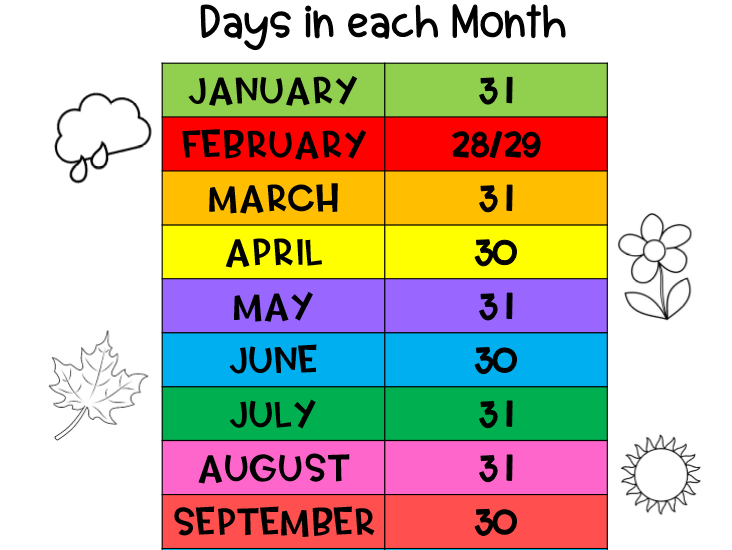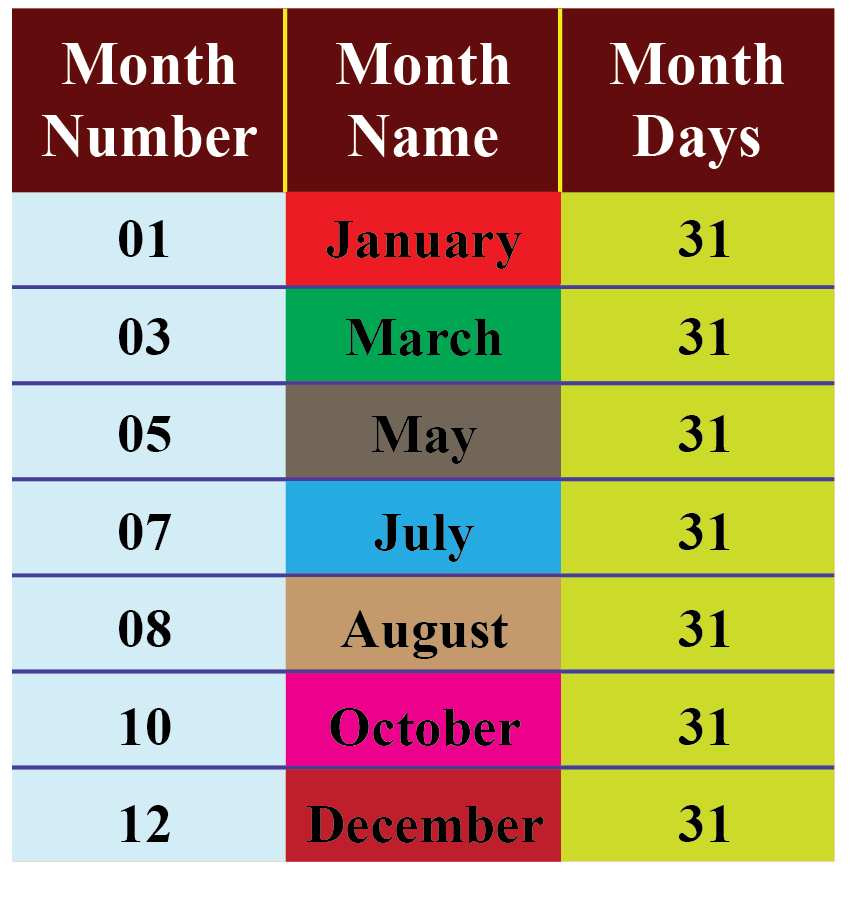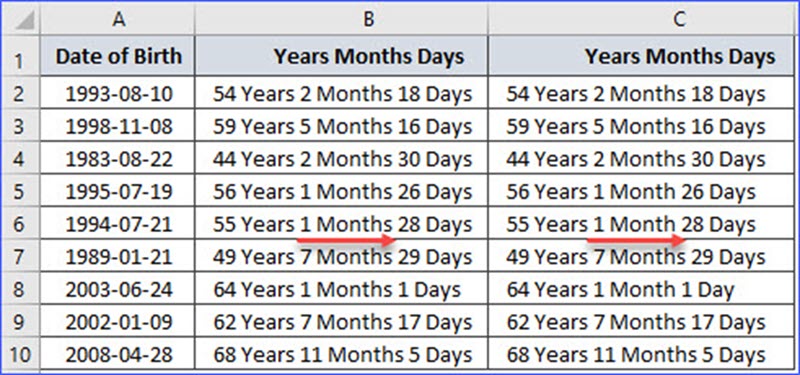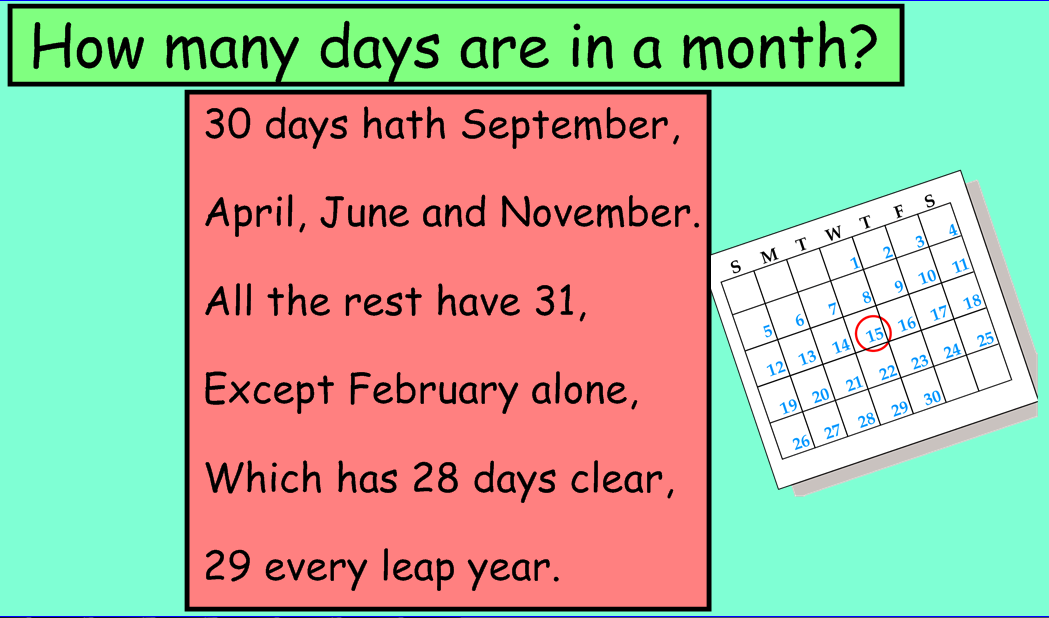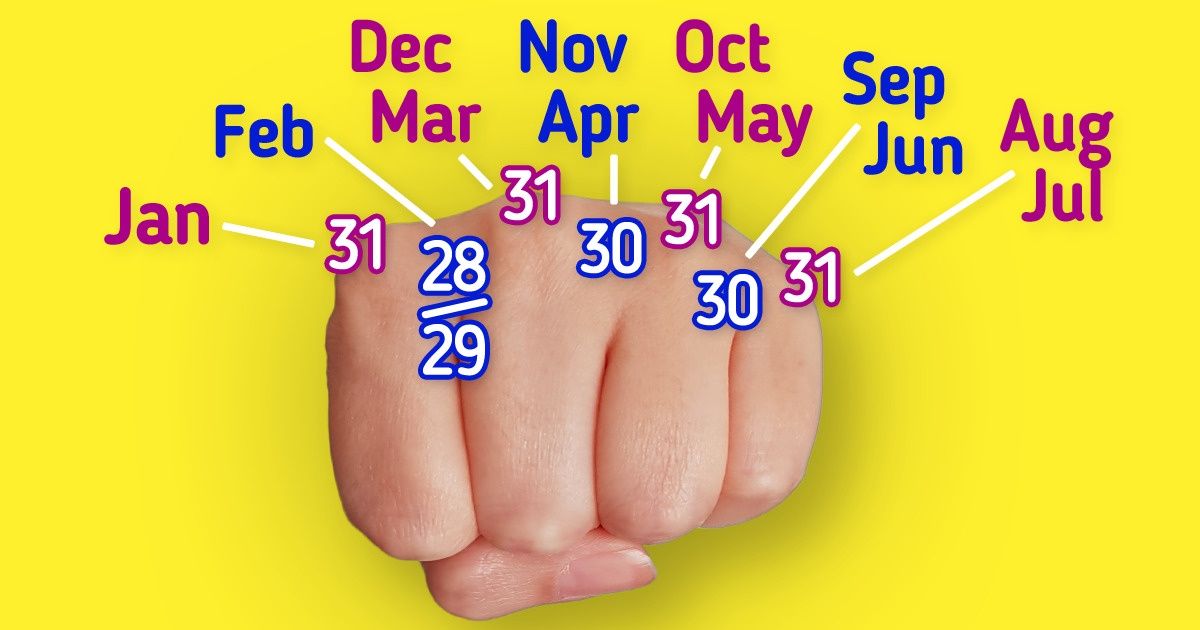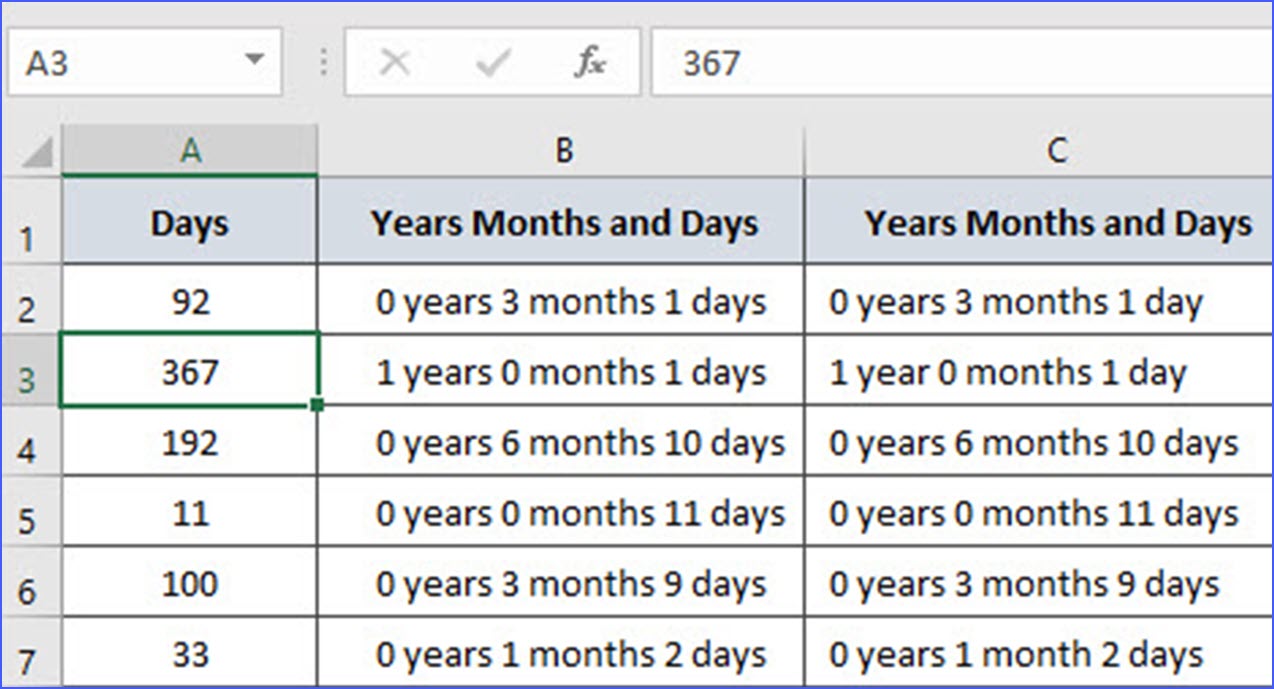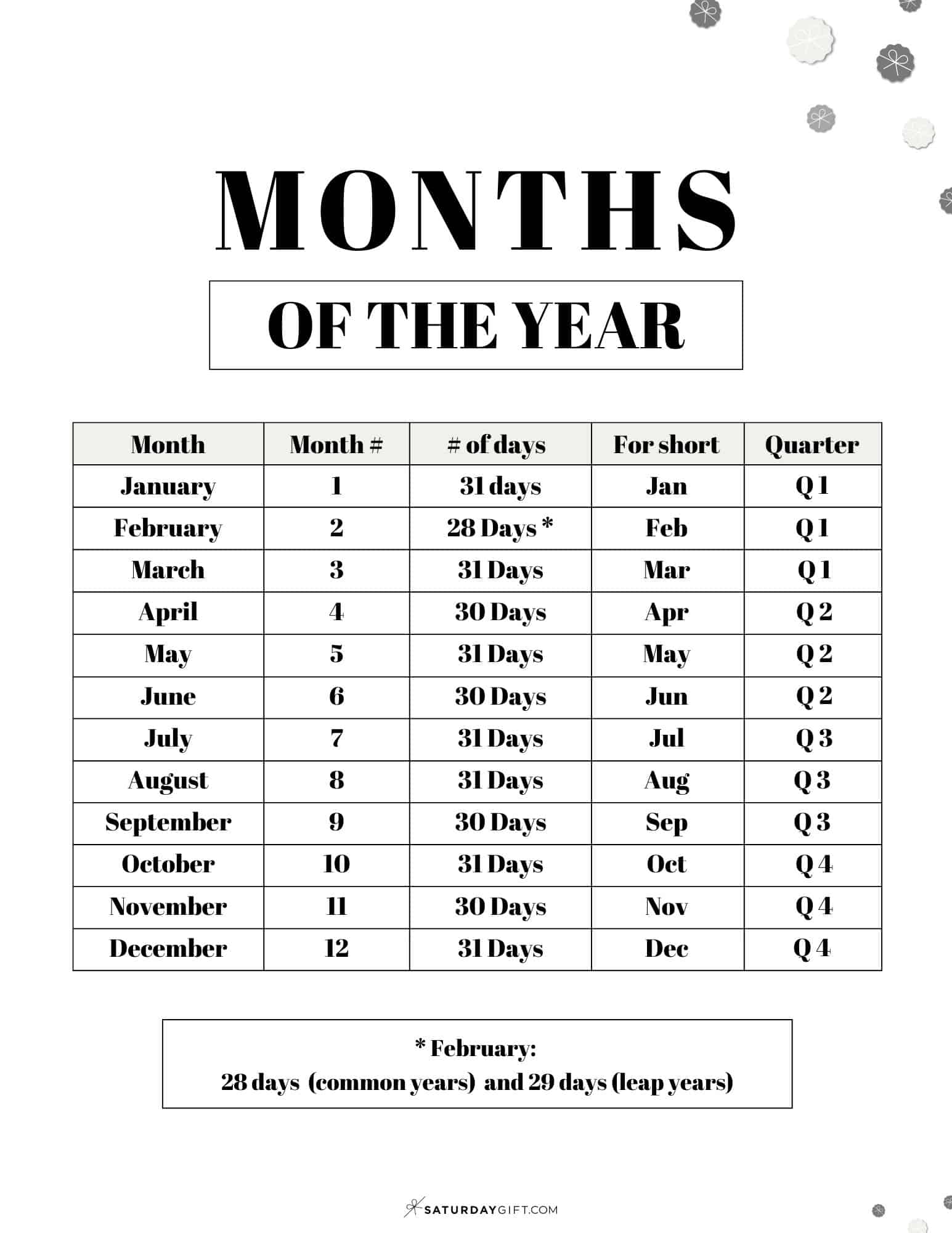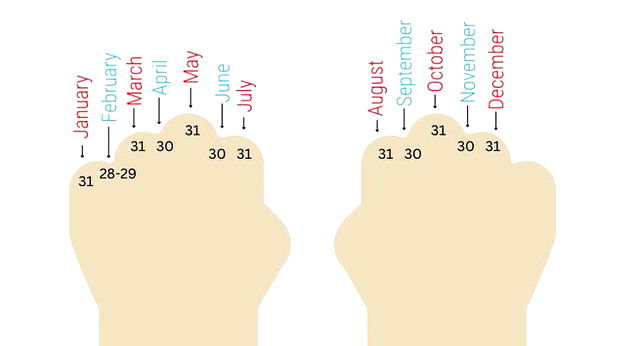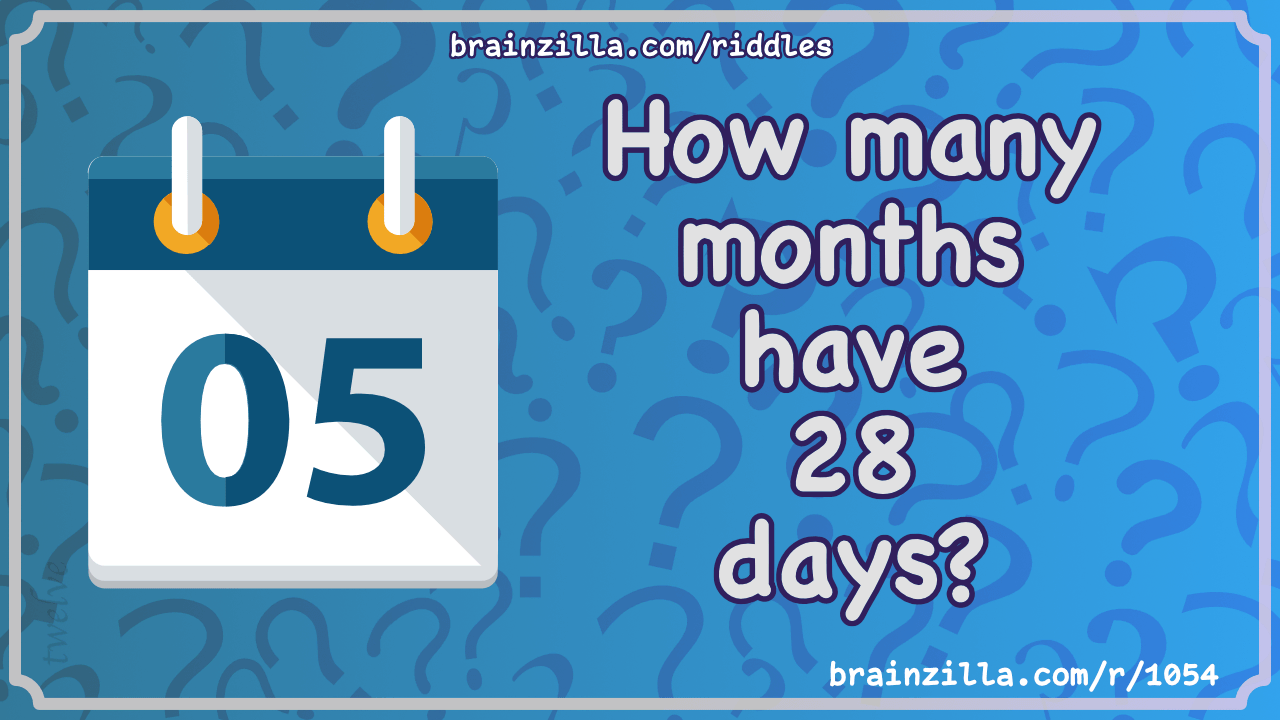How Many Months Is 304 Days
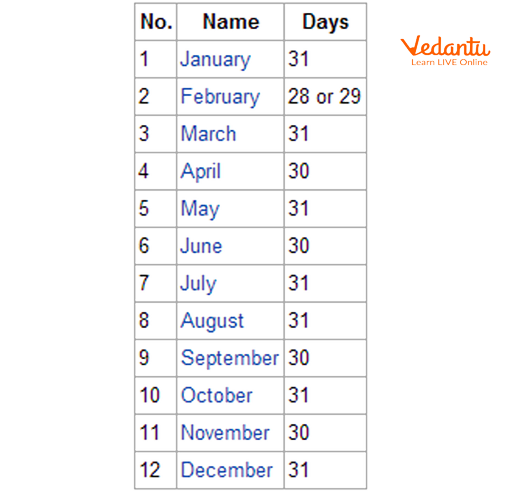
The seemingly simple question of how many months are in 304 days can quickly turn into a surprisingly nuanced calculation. While a rough estimate might suggest around ten months, a more precise answer requires understanding the varying lengths of months in the Gregorian calendar, the calendar most widely used around the world.
This article delves into the intricacies of converting days to months, examining the different approaches one can take to arrive at the most accurate representation. We'll explore why a straightforward division isn't always sufficient and discuss the practical implications of these calculations in various real-world scenarios. Understanding these nuances is crucial for everything from project management to personal financial planning.
The Variable Length of Months
The primary reason a simple calculation is insufficient lies in the inconsistency of month lengths. Unlike a perfectly regular system, the Gregorian calendar features months that range from 28 to 31 days. February, with its standard 28 days (and 29 in a leap year), presents the biggest deviation from the average.
The other eleven months consist of four 30-day months (April, June, September, and November) and seven 31-day months (January, March, May, July, August, October, and December). This uneven distribution makes a precise conversion more complex.
Calculating the Months: Different Approaches
There are several ways to determine how many months are in 304 days. The simplest method involves dividing the total number of days by an average month length. The most common average used is 30.44 days per month, calculated by dividing the total number of days in a year (365) by 12.
Using this average, 304 days divided by 30.44 days/month equals approximately 9.99 months. This suggests that 304 days is very close to a full ten months. However, this is only an approximation and doesn't account for the specific arrangement of months within a given year.
A More Precise Method
For a more accurate answer, one can simulate the progression of months, adding up their lengths until the total reaches or exceeds 304 days. Starting with January (31 days), then February (28 days in a non-leap year), then March (31 days), and so on, this process can reveal a more nuanced result.
Let's walk through the months: January (31), February (28) = 59; March (31) = 90; April (30) = 120; May (31) = 151; June (30) = 181; July (31) = 212; August (31) = 243; September (30) = 273; October (31) = 304. Therefore, 304 days is equal to exactly ten months, ending on October 31st in a non-leap year.
Leap Year Considerations
The inclusion of a leap year every four years (with the exception of years divisible by 100 but not by 400) further complicates the calculation. In a leap year, February gains an extra day, altering the overall distribution.
If the 304-day period includes a February in a leap year, the number of months would still be very close to ten, but the endpoint date would shift accordingly. The difference in the calculation is negligible, as it impacts only one month within the full span of time.
Real-World Applications
Accurately converting days to months is critical in numerous practical contexts. In project management, understanding the duration of tasks and milestones often requires translating day counts into approximate month durations for scheduling and reporting.
In finance, loans and investments are frequently quoted in months, but the underlying calculations may be based on a specific number of days. Converting days into months helps individuals and organizations better understand their financial obligations and projections.
Even in everyday life, knowing the approximate monthly equivalent of a certain number of days can be helpful for planning events, tracking personal goals, or understanding the duration of commitments.
Conclusion
While a simple division using an average month length provides a reasonable estimate, the most accurate conversion of 304 days to months is achieved by accounting for the specific lengths of individual months. Our calculation confirms that 304 days equate to exactly ten months, ending on October 31st in a non-leap year.
Understanding these nuances is particularly important in scenarios where precision is essential, such as project management and financial planning. By considering the variability of month lengths, we can ensure more accurate and reliable conversions between days and months.
